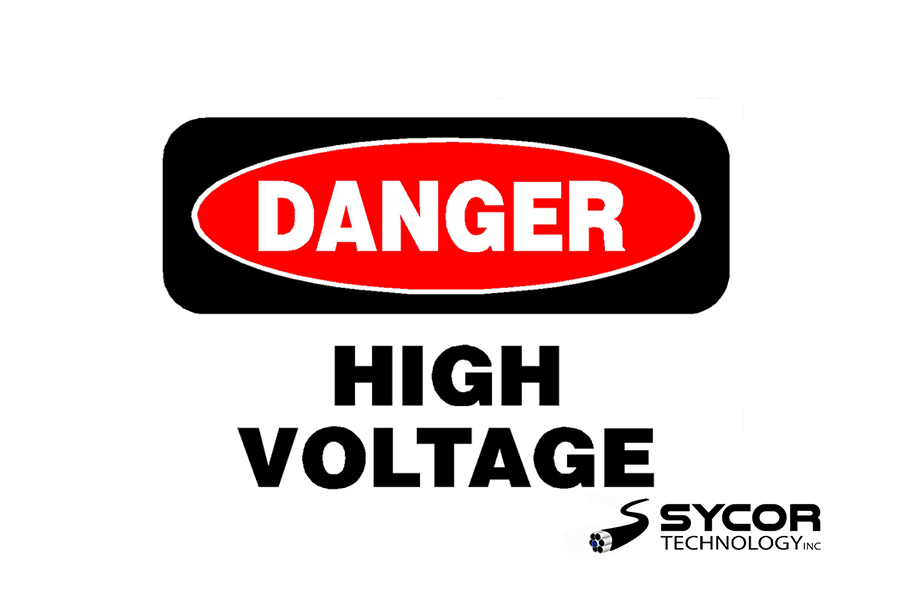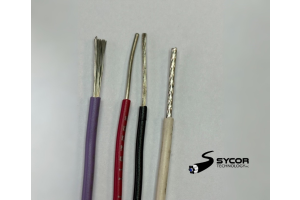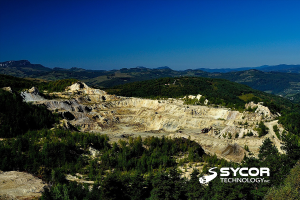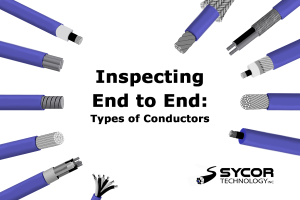
High-Voltage Wire
A high-voltage wire, commonly known as an HV cable, is used for electrical power transmission at an extremely high voltage level. These extremely durable cables typically come in two different constructions. The first type of construction involves underground cables that typically have insulation, which is in contrast to the overline head cables that do not.
High-voltage wiring applications are one of the more difficult types of applications to source for. Some of these applications include instruments, direct current power transmission, and ignition systems. The biggest issue that arises from these types of applications is the deterioration of a cable's insulation, which is caused by high-voltage stress, ozone, or tracking.
High-Voltage Wire Shielding
Shielding is one of the most important factors within the application and these shields typically come in two standard configurations. These constructions are the popular copper tape shield and the less-known wire-shielded cables (metallic shield).
Each shield is relied on for different purposes, and when these shields are combined with various types of insulations and jackets, they provide even greater protection. Wire shielding gets tricky when it reaches higher voltages as its main purpose is to stop EMI, but typically that's only used for data and communication applications.
When high-voltage wires over 2kv come in contact with the earth or a grounded object, it inevitably causes discharge and the deterioration of the insulation. This issue is why it's an industry standard for all cables over 2kv to have a required shield, for obvious safety precautions. These shields, as mentioned above, can come in many different styles and serve multiple purposes.

Copper Tape Shields
The copper tape shield creates an electric field and helps transmit unbalanced currents. When the cable is short-circuited, it can then be used as a loop, which helps to discharge the cable. The main function is to equalize the electric field. Copper tape shielding also plays a role in the grounding of the short circuit current. Lastly, the copper tape shielding on the high-voltage cables is a measure used to help improve the electric field distribution.
Metallic Shields
The metallic portion of the high-voltage construction is necessary for providing low resistance between the flow of the current and the ground. With such high voltages becoming increasingly difficult to handle, there are a number of issues that may arise, especially within shields, as these cables typically can't handle more than a few milliamperes of current flow.
Another important aspect to remember about metallic shields is the amount of metal required. The metal is a type of backup protection that helps preserve the cable's integrity in the event of any faults over the life of the cable. This is a deciding factor for many people in the industry as the more metal within the shield will inevitably increase the price of the cable and overall the flow of the current.
Different Types of High-Voltage Wire Shielding Constructions:
- XLPE-PVC Wire Shield
- XLPE-PVC Copper Tape Shield
- EPR-CPE Copper Tape Shield
- EPR PVC Copper Tape Shield
These different combinations are also available with multiple conductors and different temperature ratings (90C & 105C). The different variations make the high-voltage wiring category extremely reliable, as they provide the customers with such a large selection of different products that they'll be able to find a solution to their application and potentially even a reliable alternative.
High-Voltage Construction Comparison |
|
|
XLPE-PVC Wire Shield |
EPR-CPE Copper Tape Shield
|
|
|
High-Voltage Wire Applications
- Primary power and distribution circuits in industrial, utility, and commercial installations.
- True Triple extrusion system and closed handling raw materials system, to eliminate any contact with ambient, until the extrusion process ends.
- Power circuits in generating plants where the line to ground fault current is within shield capabilities.
- May be used in wet or dry locations, installed in cable trays, raceways, ducts, and open-air, aerially or directly buried as permitted by NEC.
High-voltage wire and cable are one of the most diverse and powerful electrical products on the market. With multiple configurations available for some of the most demanding applications in any industry, the high voltage wiring products are consistently some of the most reliable cables currently accessible. Our team has been supplying high-voltage wire and cable for a number of years and can help answer any questions or concerns you may have.
For more information about us:
Call Toll Free - 1.800.268.9444 or Email Us - [email protected]








